
Dresden plate applique is a very old technique. It lends itself perfectly to today’s machines with all their decorative stitches. There are many blocks all ready in the library with the dresden fan blades that you can use for your particular design.
On the opening screen, click on ‘search for block patterns’.
In the BLOCK LIBRARIES box you will see under the 01 Classic Pieced section that there are 5 different sections for Dresden variations. Click on the Dresden Four Fans section. Click on the first image in the upper left corner. Click on ‘Add to Sketchbook’ icon![]() and then click on the word ‘close’ at the bottom of the library box.
and then click on the word ‘close’ at the bottom of the library box.
Since the original design is now in the sketchbook, we can edit it any way we want and add edited copies to the sketchbook without over writing the original block design.
Click on the ‘view sketchbook’ icon ![]() on the toolbar at the left to open the sketchbook. Locate the Dresden block we added from the library and click on it to select it. Click on the word ‘EDIT’ at the bottom of the box to open it onto the worktable.
on the toolbar at the left to open the sketchbook. Locate the Dresden block we added from the library and click on it to select it. Click on the word ‘EDIT’ at the bottom of the box to open it onto the worktable.
Now that the design is on the worktable, I want to make a few changes.
On the properties bar at the top of the worktable, I can see the default for this block was to open as a six inch block size. This would make the blades of the fan very small and difficult to deal with. I want to change the size of the block to be 12 x 12 inches.
Type in the new block size on the properties bar to make the block 12 inches. You can confirm the block size by looking at the vertical and horizontal rulers to see that it is indeed 12 inches.
Click on ‘add to sketchbook’ ![]() to add the newly sized block to the project sketchbook. Since we have yet to name this project a reminder box will pop up and ask us to create a project name. Click ‘OK’ in the bottom of the box.
to add the newly sized block to the project sketchbook. Since we have yet to name this project a reminder box will pop up and ask us to create a project name. Click ‘OK’ in the bottom of the box.
The default folder for the EQ8 program will open and you can name the project and then click on ‘save’ to have it in a .PJ8 folder for future reference.
This block is unique in that it all ready has the Dresden fans created in the corners for you. Click on the color tab at the top of the screen and then click on the spray can icon. ![]() By using the spray can, any similar colored objects in the block will all color at one time. Scroll through the fabric palette and click on any color of your choice. Move the cursor to the block worktable and click once on the block to fill the color. Add the colored design to the sketchbook.
By using the spray can, any similar colored objects in the block will all color at one time. Scroll through the fabric palette and click on any color of your choice. Move the cursor to the block worktable and click once on the block to fill the color. Add the colored design to the sketchbook.![]()
You can determine how you want to work with this block at the machine. Click on the ‘Print and Export’ tab at the top of the page to see all the different ways you can print your block pattern.
Click on the Block icon to see how the program would lay out a print of this 12 inch block. Click on ‘preview’ in the bottom of the box to see how it would print on a printer that only takes 8.5 x 11 inch paper.
I could easily choose this option to create a design with sewing stitches only. It would not be an applique. I would print the design onto pieces of tear away stabilizer and tape them together to create the 12 inch block layout. From here, I could lay the stabilizer underneath a white fabric (you can see the pattern through the fabric) and stitch on the lines of the pattern. The excess stabilizer could be peeled away after stitching. This would highlight the different stitches I chose on my machine to accent each of the fan blades. This could be a block to use in a whole cloth quilt if so desired.
Since I colored my block, I really do want to use the block with applique fan blades in the corners. Click on the ‘print templates’ icon. Click on the preview option to see how templates for this size block would be created.
The program prints templates for all of the pieces. I really only need one fan blade as they are all the same shape, and I don’t need the center as it is just a 12 inch block. Click on each segment to highlight it and then click on ‘Delete’ at the top of the page.
Using the single fan blade template, I can cut as many shapes as I need to sew together and then applique onto the corners of the over sized 12 inch block.
There are so many ways to interpret a pattern from EQ8. Get creative and make the patterns unique to you. I made a Dresden Plate design for a table runner some time ago using a single Dresden fan blade and created my own unique pattern layout.
By using EQ8 for your inspiration and your pattern templates, you can really express yourself!!



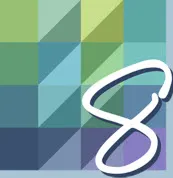
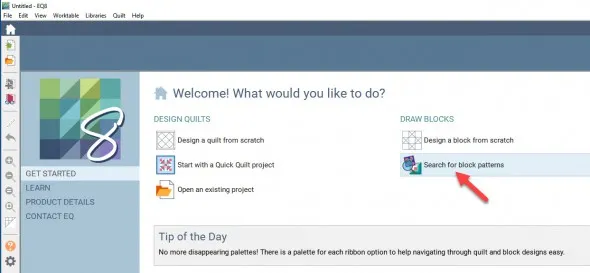
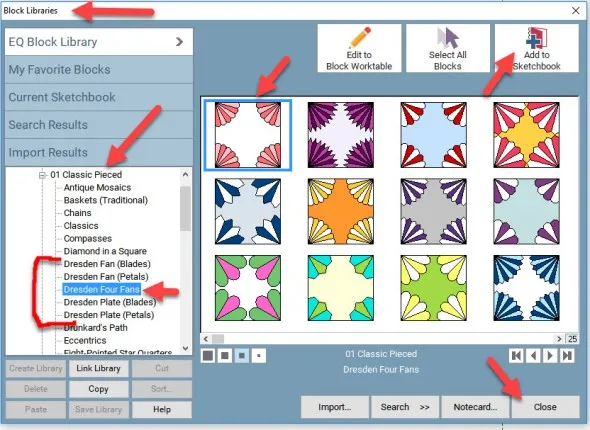
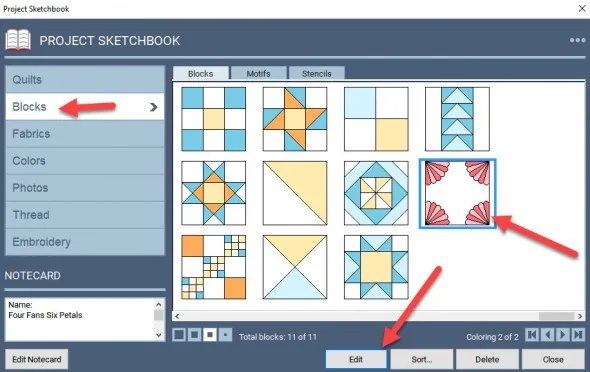
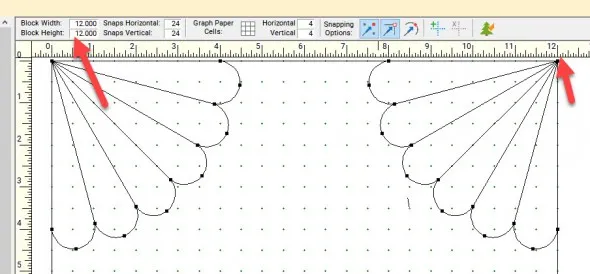
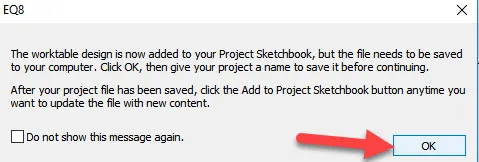
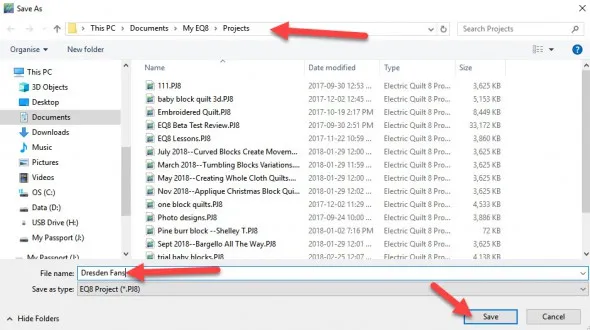
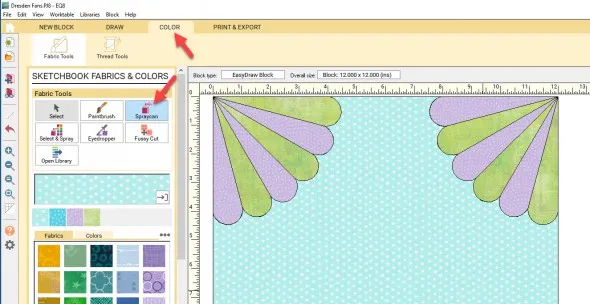
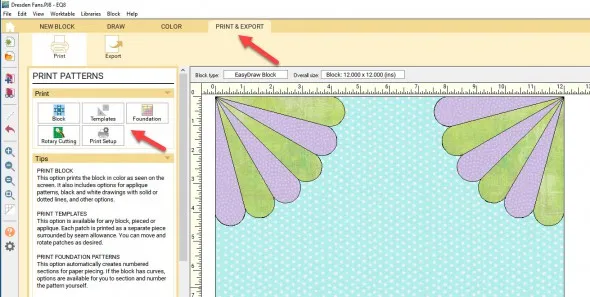
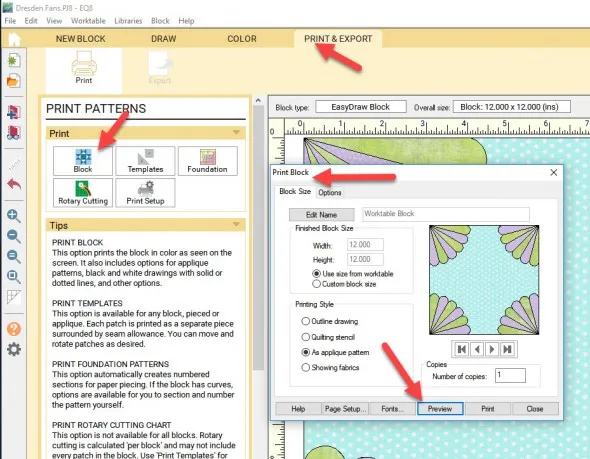
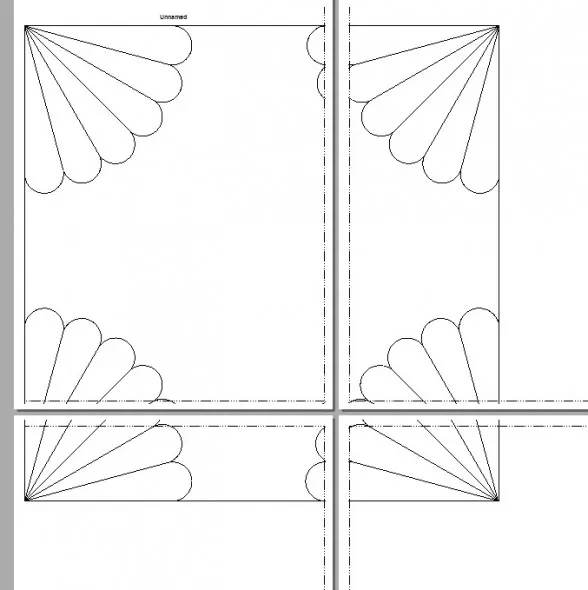
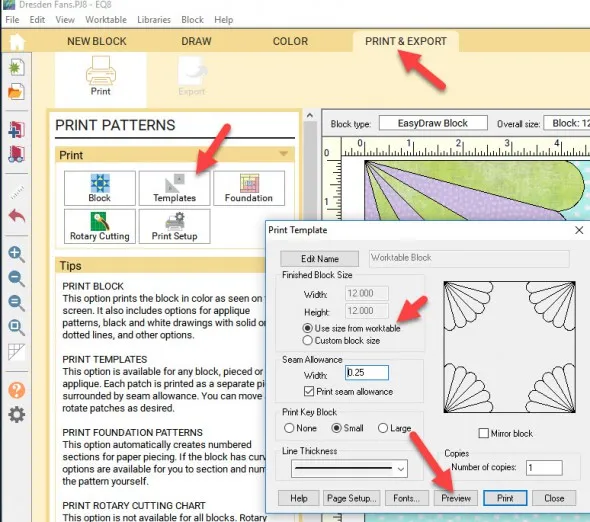
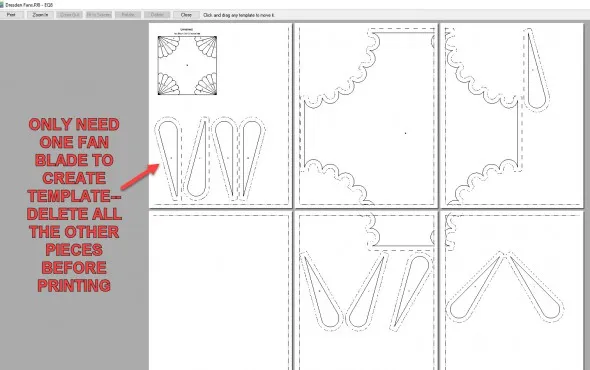
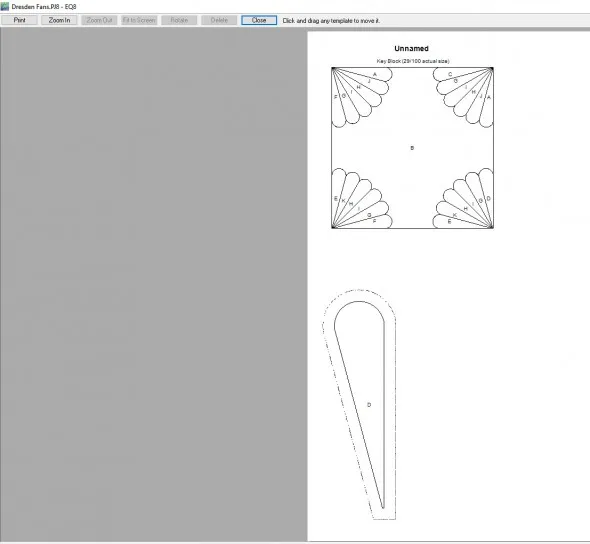
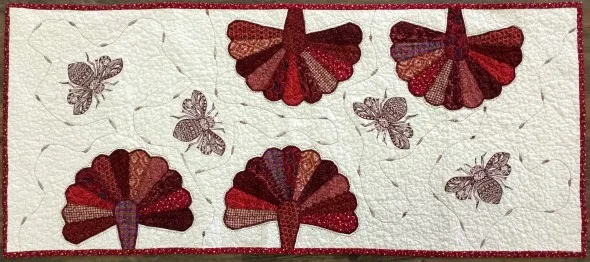
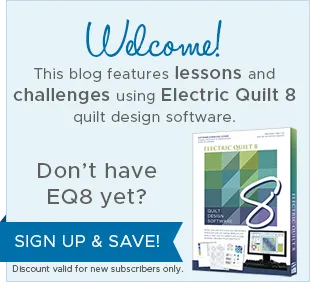
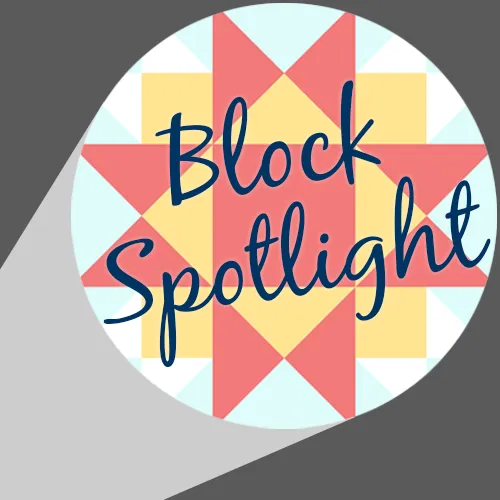
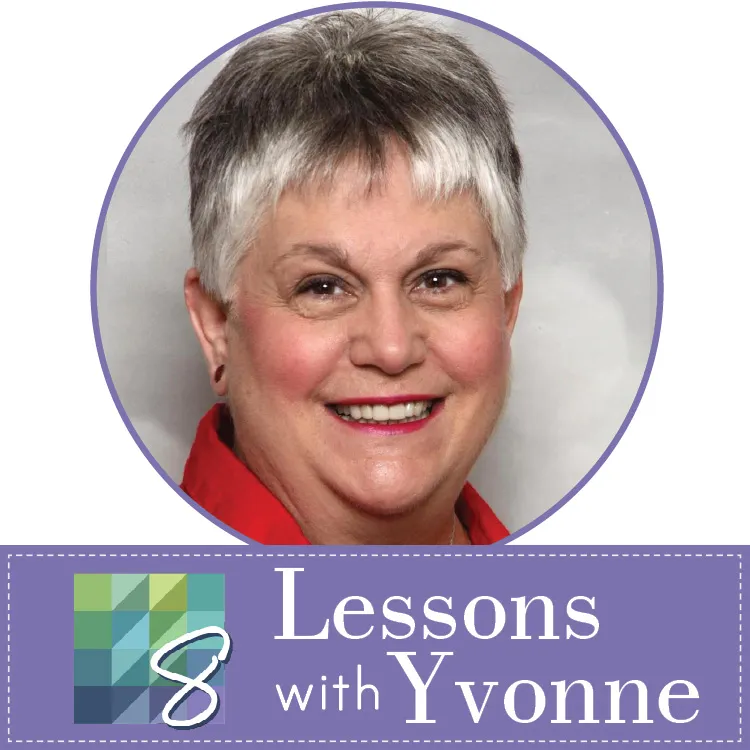
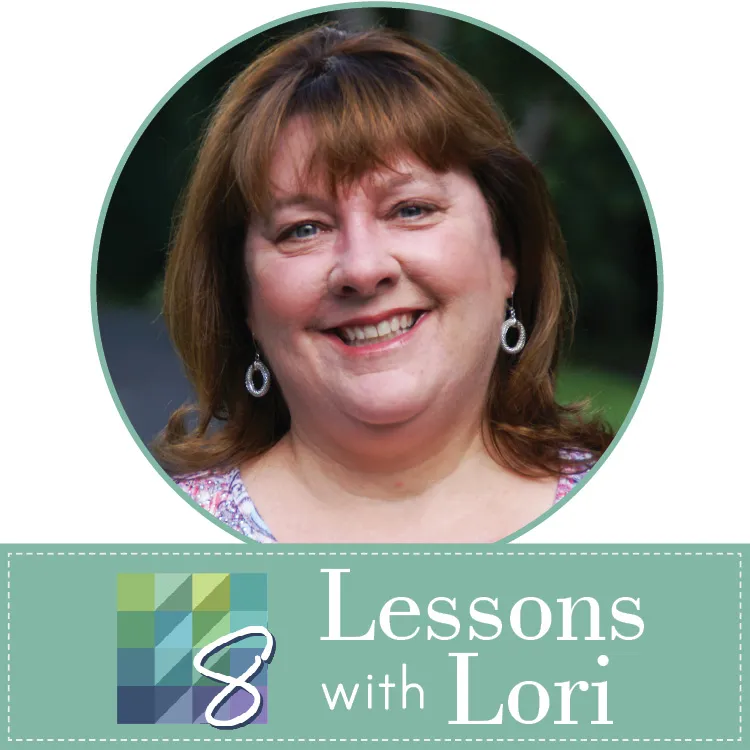
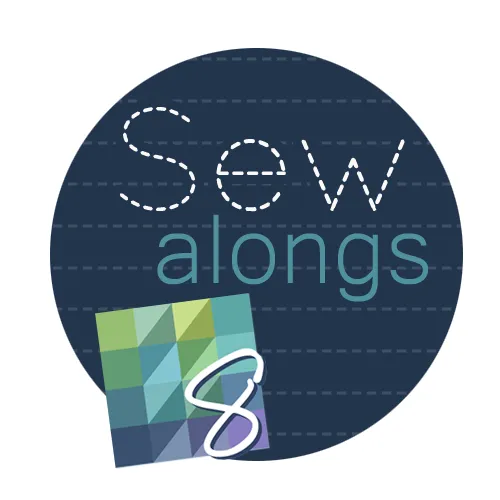
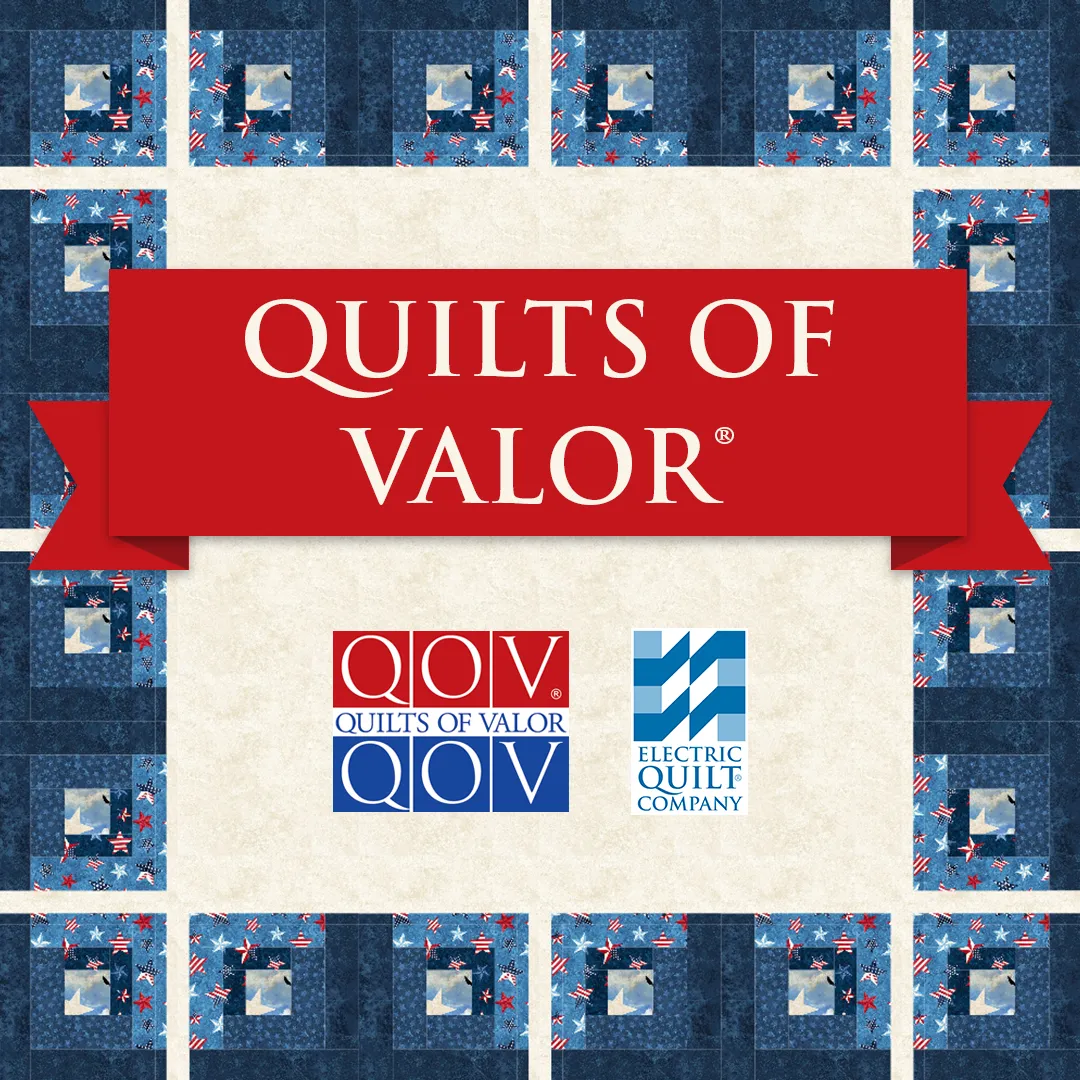
03-18-2018
9:32 am
This is a great tutorial, and I LOVE Dresden fans! The only thing I would add is that, for applique templates, it’s much easier to maintain accuracy if you uncheck “add seam allowances” before printing the blade template and add the turning allowance by eyeball as you cut out each blade. You can either print one blade template onto heavy cardstock, as you’ve done here, and use that template for needle turn applique or for starch and press preturned edges. But you could also move the blades around to fit them all on one page before printing, keeping one template for each blade (also with no seam allowances) and then print directly onto 8 1/2″ x 11″ freezer paper sheets for that method of turned edge applique. We have so many options for these projects today, especially with the magic of EQ software!
03-18-2018
5:58 pm
Rebecca you are absolutely correct. There are so many ways to approach this project. In my sample quilt photo I used the Dresdan Fan blades that I cut with a cutting machine and sewed them together and appliqued the entire unit in one piece. This is what I love about quilting! Everyone can approach the designs with the technique that works best for them with any given project. Thanks for your thoughts.
03-18-2018
5:44 pm
I didn’t know about the spray can. I have always wanted to do that. What I did as a work around was make a quilt with one block and swap fabrics there.
Thanks
Susan
03-18-2018
5:59 pm
Great Susan. All different approaches work well.
03-19-2018
10:27 pm
Yvonne,
Thank you for this Dresden Tutorial. Your step-by-step instructions and super cute table runner are excellent! As I am in the beginning stages of learning EQ8, the instruction is most helpful!
04-01-2018
12:40 pm
Where can I get the electric screen?
04-01-2018
3:33 pm
The software program I am referring to is the Electric Quilt 8 quilt design software program you can purchase it directly from the EQ company. http://electricquilt.com/online-shop/category/electric-quilt-8-eq8/
04-15-2018
1:08 pm
Since Eleanor Burns has gotten involved with Accuquilt. They have got a dresden plate cutting board that makes cutting a breeze and fast. You might go to youtube for tutorials.
04-15-2018
5:34 pm
Hi Judy. The Dresden plate die for accuquilt has been out for many years. I own all of their Go dies and have frequently used that die for my creations. You are indeed correct that it makes accurate cutting very quick to do.
10-25-2019
1:13 pm
I am at the stage with my quilting where I am focused on conventional piecing and machine quilting with my new long arm but…if you guys keep it up, you’re going to get me more interested in appliqué than I want to be! What beautiful work!